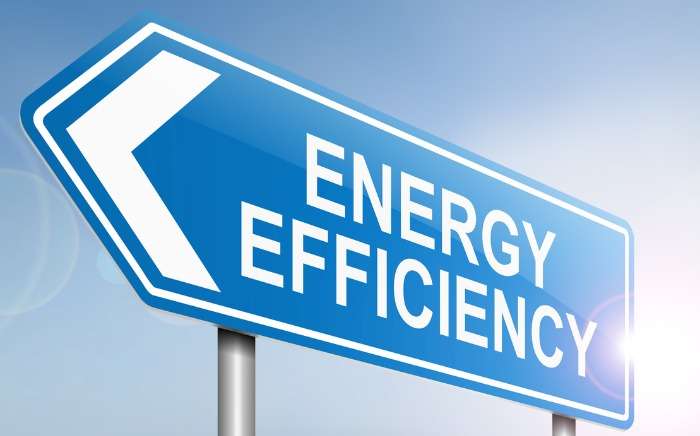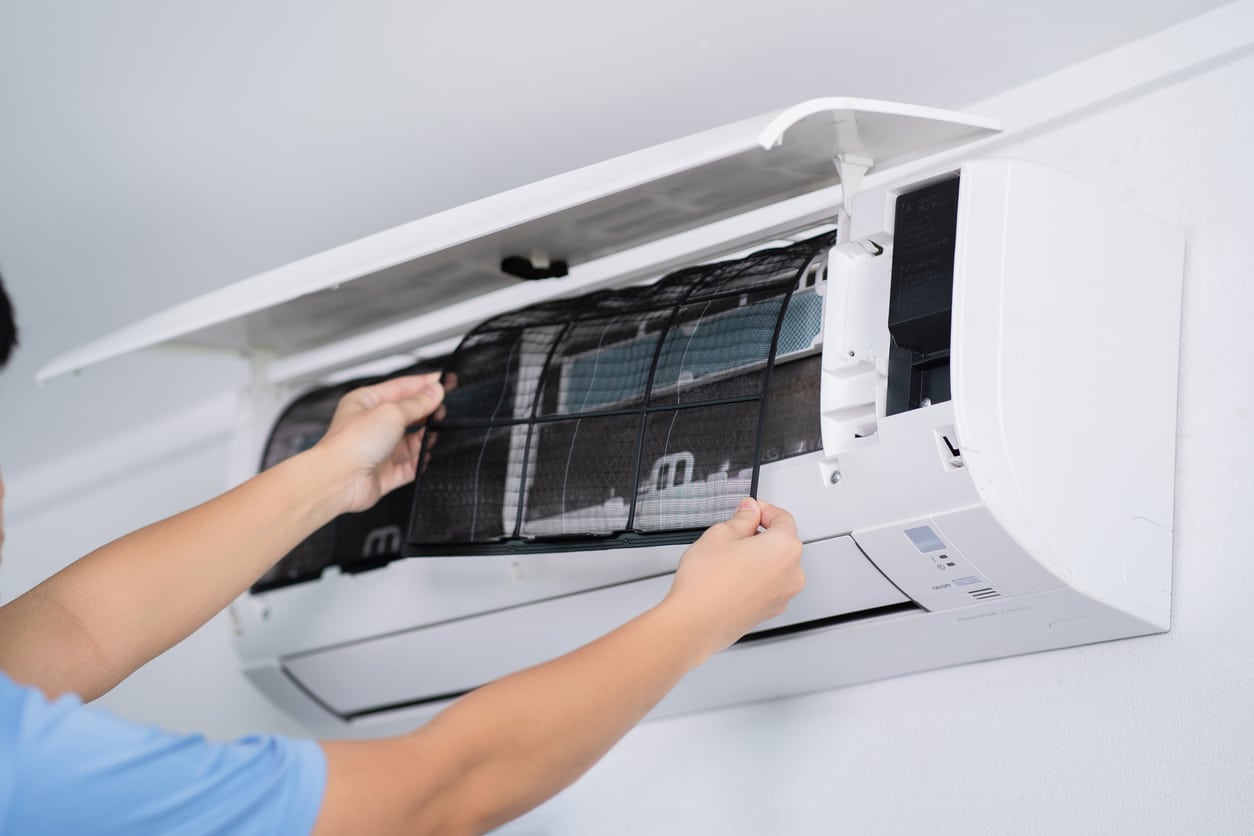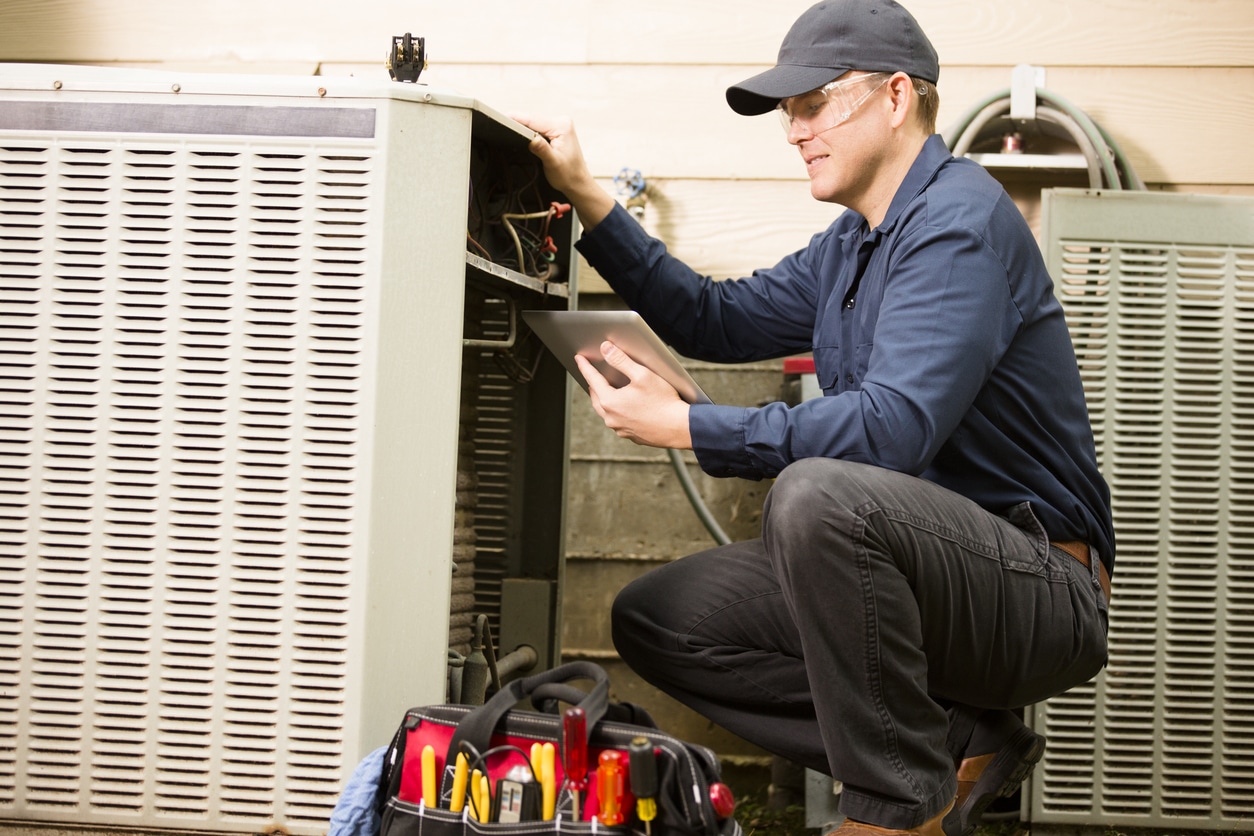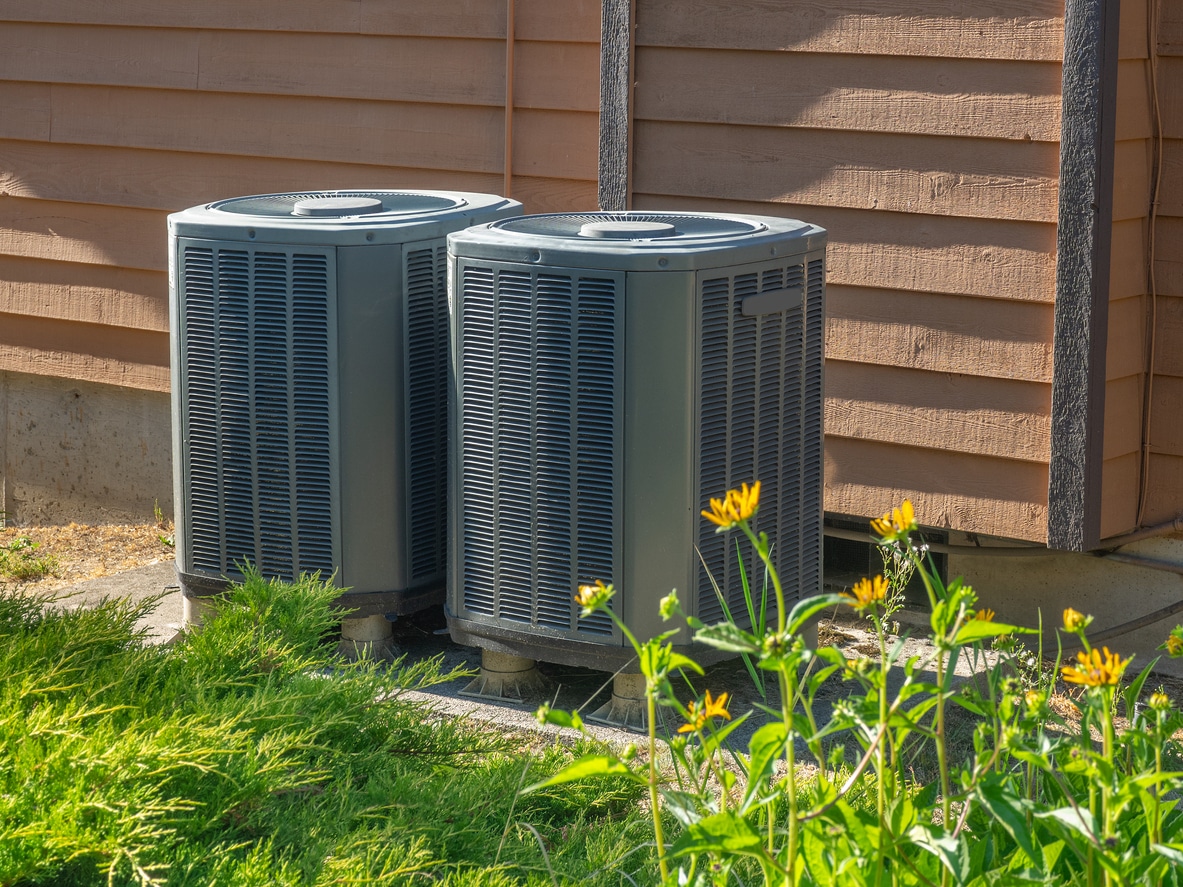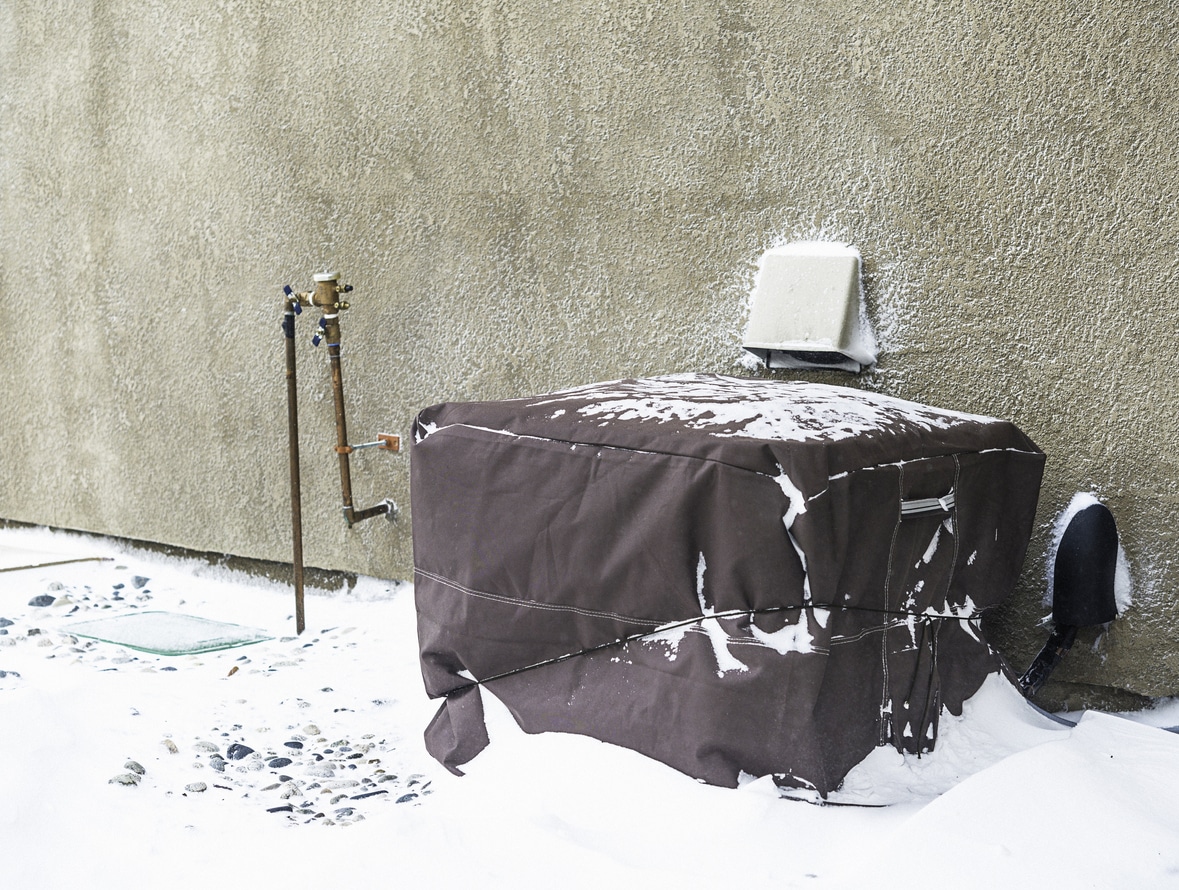Autumn is a transitional season that moves quickly. In just a matter of weeks, you suddenly poke your head up one day, realize it’s already over, and winter is here.
Once winter arrives, that’s some big change. With that colder temperature, you’re now relying on your heating system to keep your home warm, not cool. If you want to make sure you’re getting the most efficiency out of it, we have some tips to help lower your bills.
Get Insulation for Your Windows
Your windows are one of the biggest points of vulnerability in a home for heat loss.Your walls can easily be insulated because there are layers, and older systems like fiberglass or newer systems as if blown cellulose can trap heat inside the house and prevent it from escaping.
They can’t do this for your windows, however. But, if you don’t want to splurge on new, energy efficient windows, a low-cost alternative is window insulation film.
Just apply a layer of plastic over your windows, tighten it with hot air from something like a hair dryer, and you create a layer of air between your home and your window panes that slows down the rate of heat leaking out.
Apply Caulk to Your Window Frames
It’s not just the window panes that are a vulnerable point for heat loss, window frames can play an even bigger role, especially if they are old and damaged.In a lot of cases when people complain about cold, drafty rooms, it’s no surprise if a wooden window frame is present, especially if that frame hasn’t been properly maintained.
Getting some caulk and inspecting your window frames can be a fast way to cheaply but very effectively lower your heating bills.
If you see breaks, cracks, or other damage in your window frames, these are all places where heat from your home is escaping, forcing your furnace to work harder. Using caulk to seal up these leaky areas can have a big effect, and often plays a role in reducing the drafts that people feel in a room.
Make Use of the Ceiling Fan
Not everyone has a ceiling fan in their home, but for those who do, the most common use for it, is to help keep things cooler in the summer.But the fan can also be used to help keep warmth in the home for longer periods of time during the winter. All you have to do is turn down the speed and change the direction.
During the summer, a fan works to keep people cooler by creating a breeze. That breeze creates a wind chill factor in the air, and it’s that wind chill factor that makes people feel cooler.
The fan achieves this by blowing counter-clockwise at high speed, quickly forcing air down. However, if you change the speed of a fan to low, and change the direction to clockwise, the reverse occurs.
Now, instead of cooling, heat is drawn up and circulated evenly throughout the room, keeping it away from windows where it could leak out. By incorporating a few of these cost-efficient tips into your winter preparations, you stay warm and reduce your carbon footprint in Dundalk, MD. And that means everyone wins.



